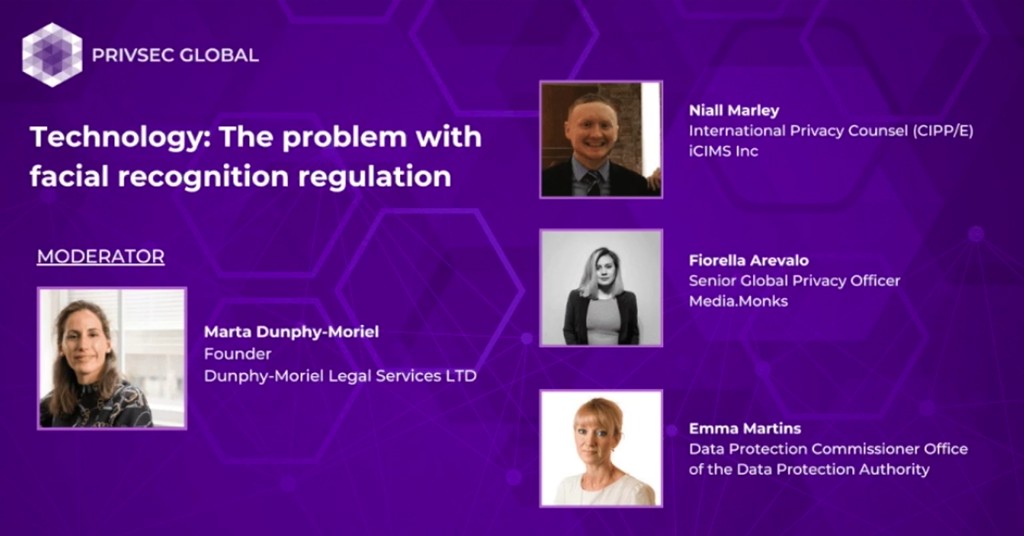Facial recognition technology, once the realm of science fiction, has rapidly transitioned into a ubiquitous reality, seamlessly integrated into our smartphones, airports, retail spaces, and increasingly, public surveillance systems. This powerful biometric tool offers undeniable benefits, from enhanced security and streamlined authentication to efficient law enforcement. However, its pervasive nature also raises profound ethical concerns regarding privacy, mass surveillance, potential for bias, and civil liberties. Consequently, governments worldwide are grappling with the complex challenge of regulating facial recognition, attempting to balance innovation and security with fundamental human rights. The result is a patchwork of approaches, reflecting diverse legal traditions, societal values, and technological adoption rates.
In the **European Union**, the regulatory landscape for facial recognition is among the most stringent globally, largely influenced by the overarching General Data Protection Regulation (GDPR). The GDPR classifies biometric data, including facial images used for identification, as a “special category” of personal data, subjecting its processing to higher standards of protection. This generally requires explicit consent from individuals for the processing of their biometric data, unless a compelling public interest or legal obligation applies.
Building upon the GDPR, the EU has recently enacted the groundbreaking **AI Act**, which significantly shapes the future of facial recognition regulation within the bloc. The AI Act adopts a risk-based approach, categorizing AI systems based on their potential to cause harm. Real-time remote biometric identification systems (like live facial recognition in public spaces) used by law enforcement are generally classified as “high-risk” and are subject to strict conditions and prohibitions. The Act generally bans the use of “real-time” remote biometric identification systems in publicly accessible spaces for law enforcement purposes, with very narrow and specific exceptions (e.g., searching for missing persons or preventing terrorist attacks), which require judicial authorization and are subject to spatial and temporal restrictions. Retrospective facial recognition by law enforcement also falls under the high-risk category, requiring judicial authorization linked to a criminal investigation. This stringent approach reflects the EU’s strong emphasis on fundamental rights, privacy, and democratic values.
Moving across the Atlantic, the **United States** presents a more fragmented regulatory picture. There is no single, comprehensive federal law specifically governing facial recognition technology. Instead, regulation is a mix of state and local laws, agency guidelines, and ongoing legislative debates. Some states, like Illinois, have enacted robust biometric privacy laws, such as the Biometric Information Privacy Act (BIPA), which requires private entities to provide notice and obtain written consent before collecting, storing, or processing biometric data. Several cities and even states have implemented outright bans or moratoria on the use of facial recognition by local government agencies, particularly law enforcement, citing concerns about civil liberties and accuracy biases, especially against people of color and women. At the federal level, discussions continue about potential regulations, often balancing national security interests with privacy concerns, but a unified approach remains elusive.
In **China**, the approach to facial recognition differs significantly. The technology is widely adopted and integrated into various aspects of daily life, including public security, transportation, and even commercial services like payments. While concerns about privacy and excessive use have led to the introduction of some new regulations, particularly in the private sector, the overarching framework often prioritizes state control and social governance. For instance, new rules set to take effect in June 2025 require businesses to justify the necessity of facial recognition and prohibit its use as a sole identification method for receiving goods and services without consent, mandating alternative methods. However, these regulations primarily target commercial uses and do not significantly restrict the government’s extensive deployment of facial recognition for surveillance and law enforcement, which forms a core part of its “social credit” system.
Other regions and countries are also developing their own regulatory frameworks:
* **Canada** has privacy laws that apply to biometric information, including facial recognition, with different rules for government and commercial entities.
* **Australia’s** Privacy Act governs the collection and handling of personal information, including biometric data, with the Office of the Australian Information Commissioner providing guidance.
* **The United Kingdom**, post-Brexit, has its own data protection laws, with the Information Commissioner’s Office providing guidance on facial recognition use, emphasizing data protection principles. Public discourse often questions the legality and ethical implications of live facial recognition trials by police forces.
The global trend suggests a growing recognition of the need for regulation, driven by public concerns over privacy, surveillance, and potential misuse. While the EU is leading with a more restrictive and rights-centric approach, particularly with its AI Act, other nations are navigating their own paths. Common themes emerging in the regulatory landscape include:
* **Transparency and Consent:** Requiring clear notice and, where appropriate, explicit consent for the collection and processing of facial biometric data.
* **Proportionality and Necessity:** Mandating that facial recognition use, especially by public authorities, must be necessary and proportionate to a legitimate aim, with less intrusive alternatives considered.
* **Bias and Accuracy:** Addressing concerns about algorithmic bias and ensuring the accuracy and reliability of facial recognition systems, particularly to prevent discriminatory outcomes.
* **Oversight and Accountability:** Establishing independent oversight bodies and mechanisms for redress when individuals’ rights are violated.
In conclusion, the regulation of facial recognition technology worldwide is a dynamic and complex endeavor. While the technology promises significant advancements, its profound societal implications necessitate robust legal frameworks. The contrasting approaches of the EU, the US, and China highlight the diverse values and priorities at play. As facial recognition continues to evolve, the global challenge will be to harmonize these varied regulations, ensuring that the deployment of this powerful technology serves humanity responsibly, upholding fundamental rights and fostering trust in an increasingly interconnected digital world.




